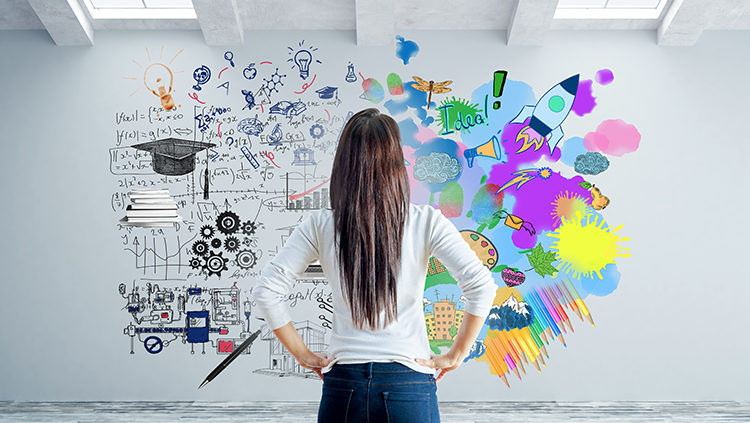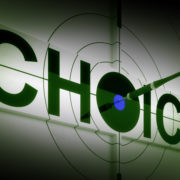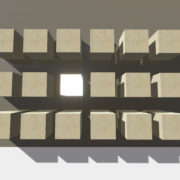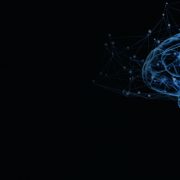Science Vs Art in facilitating learning – 1
Science Vs Art in facilitating learning – 1 of 2
Formula for Learning
I recently had the pleasure of delivering the ‘science’ side of a debate at the Australian Institute of Training and Development SA Divisional Council’s ‘Great Debate Art Vs Science Learning Breakfast’.
In preparation, I decided to take a formulaic approach to presenting my argument. I presented one formula for learning and one for facilitation.
In this blog, (the first of two), I’ll share the learning formula, I presented.

From an individual learning perspective, two key scientific findings have influenced our ability to Impact learning. They are:
- Neuroplasticity; we now know that continual stimulation of neural pathways keeps them healthy; Hebe’s Law says that ‘neurons that fire together, wire together’. Learners acquire new information that adds to or changes what they know about things or people in their world and how they feel about them.
- Neurogenesis – we now appreciate that the brain continues to change across life. So, learner’s perceptions change over time. The rule of thumb of ‘Use it so you don’t lose it’ is gaining traction and visibility.
Coherence – alignment, continuity – and biological evidence is clear. Coherence refers to a system of ideas that fit together in a way that allows each concept to reinforce and build on other related concepts. From the brain’s perspective, this form of learning design allows learners to integrate and retain new ideas much more simply.
Take, for example, a calculus curriculum that builds on concepts from simpler math. To understand calculus, you don’t have to relearn algebra and geometry. You just have to integrate your prior knowledge of these subjects in new, meaningful ways.
This makes coherent learning significantly easier and longer-lasting because the mental maps derived from prior knowledge are strengthened when they are integrated across new concepts. In contrast, when there is decoherence, concepts do not map to one another or to existing mental maps, making it harder and more effortful to learn and retain new information.
Content that is designed to maximise coherence leads to vastly more effective learning. When systems of ideas and information are coherent, related concepts link to one another, much like a well-connected highway system. Things just seem to make sense.
Creating this harmony can be intentional. We want learning to be sticky, and for that to happen, considering how content can (and will) be Simplified + Patterned + Filtered is critical.
Using strategies informed by neuroscience to minimise decoherence and maximise the impact of corporate learning have been identified. For learning and development and human resource professionals, this means:
- Simplifying the content from a larger body of empirical research
- Identifying patterns and connections and highlighting them for learners through design elements
- Filtering content through a single or limited set of conceptual foundations to make it clearer
- Reinforcing and strengthening content through practice
- Assigning a responsible party to ensure coherence and oversee the broader learning landscape.
With a purposeful focus on using (neuro)SCIENCE to create coherence for learners, leaders can make their learning stick and result in a meaningful impact within their organisations.
In summary, the art versus science debate is an age-old debate…and in truth, I believe both science and art are important to facilitating learning.
For further information please contact Julie here












Leave a Reply
Want to join the discussion?Feel free to contribute!